In the world of pharmaceuticals, ensuring the safety and efficacy of medicines is paramount. One crucial mechanism for maintaining these standards within the European Union (EU) is the referral procedure.
This process allows for the scientific assessment of a particular medicine or class of medicines by the European Medicines Agency (EMA) on behalf of the EU. Referrals can be initiated due to various concerns, including safety issues or disagreements among member states regarding the use of a medicine.
In this article, we will explore the triggers for a(n Article 31) referral, the detailed procedure followed by the EMA, and the roles of different stakeholders involved in ensuring the safety of medicinal products.
What Triggers a Referral?
Referrals can be started by the European Commission, any Member State, or the company marketing the medicine. They can be broadly categorized into:
- Safety-Related Referrals: These are assessed first by the Pharmacovigilance Risk Assessment Committee (PRAC) and then by the Committee for Medicinal Products for Human Use (CHMP) or the Coordination Group for Mutual Recognition and Decentralised Procedures – Human (CMDh) for nationally authorised medicines.
- Other Referrals: These are assessed solely by the CHMP.
Article 31 Referral in Pharmacovigilance
A significant type of referral is the Article 31 pharmacovigilance referral, which follows the provisions of Article 31 of Directive 2001/83/EC.
This procedure is initiated when the interests of the Union are involved and is triggered by the evaluation of pharmacovigilance data related to an authorised medicinal product.
Key Points of the Article 31 Referral:
1. Initiation and Scope
-
Any Member State can initiate the referral if urgent action is necessary to protect public health. This includes suspending the marketing authorization and prohibiting the use of the product until a definitive decision is made.
-
All medicinal products with a valid marketing authorization in the European Economic Area (EEA) affected by the safety concern will be included in the referral. This includes products authorized nationally, via mutual recognition and decentralised procedures, or via the centralised procedure.
2. Procedure
- The EMA, with input from Member States, will identify the concerned products using information from the Article 57 database. A draft list will be made publicly available at the start of the procedure.
- If additional products are found to be affected by the safety issue, the scope of the procedure can be extended.
3. Communication and Documentation
- Once the procedure is triggered, the safety issue will be discussed at the next PRAC plenary meeting. Announcements and relevant documents will be published on the EMA’s website.
- The Qualified Person for Pharmacovigilance (QPPV) of the concerned medicinal products will receive notifications and be the primary contact throughout the procedure.
4. Submission of Evidence
- Marketing authorization holders (MAHs) must submit all available evidence to support the assessment of the safety concern. This includes presenting data in electronic format according to the electronic Common Technical Document (eCTD)/CTD format.
Article 31 Referral Procedure
1. Suspension and Notification
2. Identification and Inclusion
The EMA, in collaboration with competent authorities of the Member States, identifies all authorised medicinal products concerned by the procedure. This identification uses the Article 57 database, and a draft list is publicly available on the EMA’s website.
3. Extension of Scope
If it is concluded that the safety issue concerns other medicinal products or therapeutic classes not initially identified, the EMA can extend the procedure’s scope. The scientific conclusions will apply to these additional products.
4. Public Announcements and Documentation
The start of the Article 31 procedure is announced at the PRAC meeting and highlighted on the EMA website. The announcement includes details on the safety issue and the publication of relevant documents such as the procedure start announcement, notification, draft list of concerned products, and PRAC’s questions and timetable.
5. Ongoing Updates and Contact Points
The QPPV will receive all communications and updates regarding the procedure. They may designate a different contact person if necessary. The EMA will update information on its website during the procedure, and MAHs must regularly check for updates.
6. Submission Requirements
MAHs must submit evidence supporting the safety assessment in response to the PRAC’s questions. The data should be in eCTD/CTD format, accompanied by a signed cover letter and a summary of each question. The cover letter should reference the procedure number, and the procedure manager should be copied in all correspondence.
Need expert guidance?
The referral procedure is a vital part of the pharmacovigilance system, ensuring that any concerns over the safety or benefit-risk balance of medicines are thoroughly evaluated and addressed.
By following structured and transparent processes, the EMA and Member States can effectively manage and mitigate risks associated with medicinal products, ultimately safeguarding public health.
Need expert guidance in pharmacovigilance?
Contact QbD’s Vigilance division today for comprehensive support in ensuring your product’s safety and compliance.
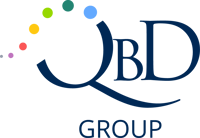

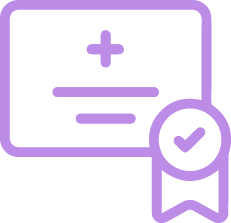
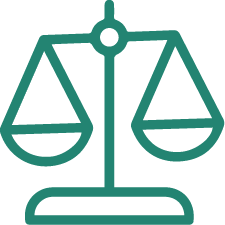
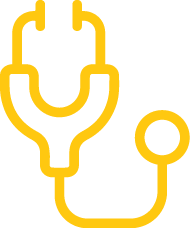
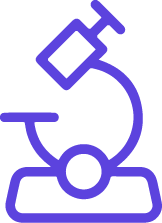
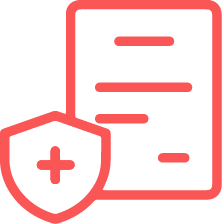
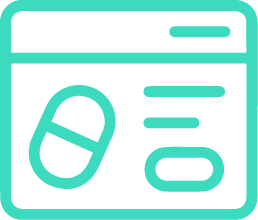





.jpg)



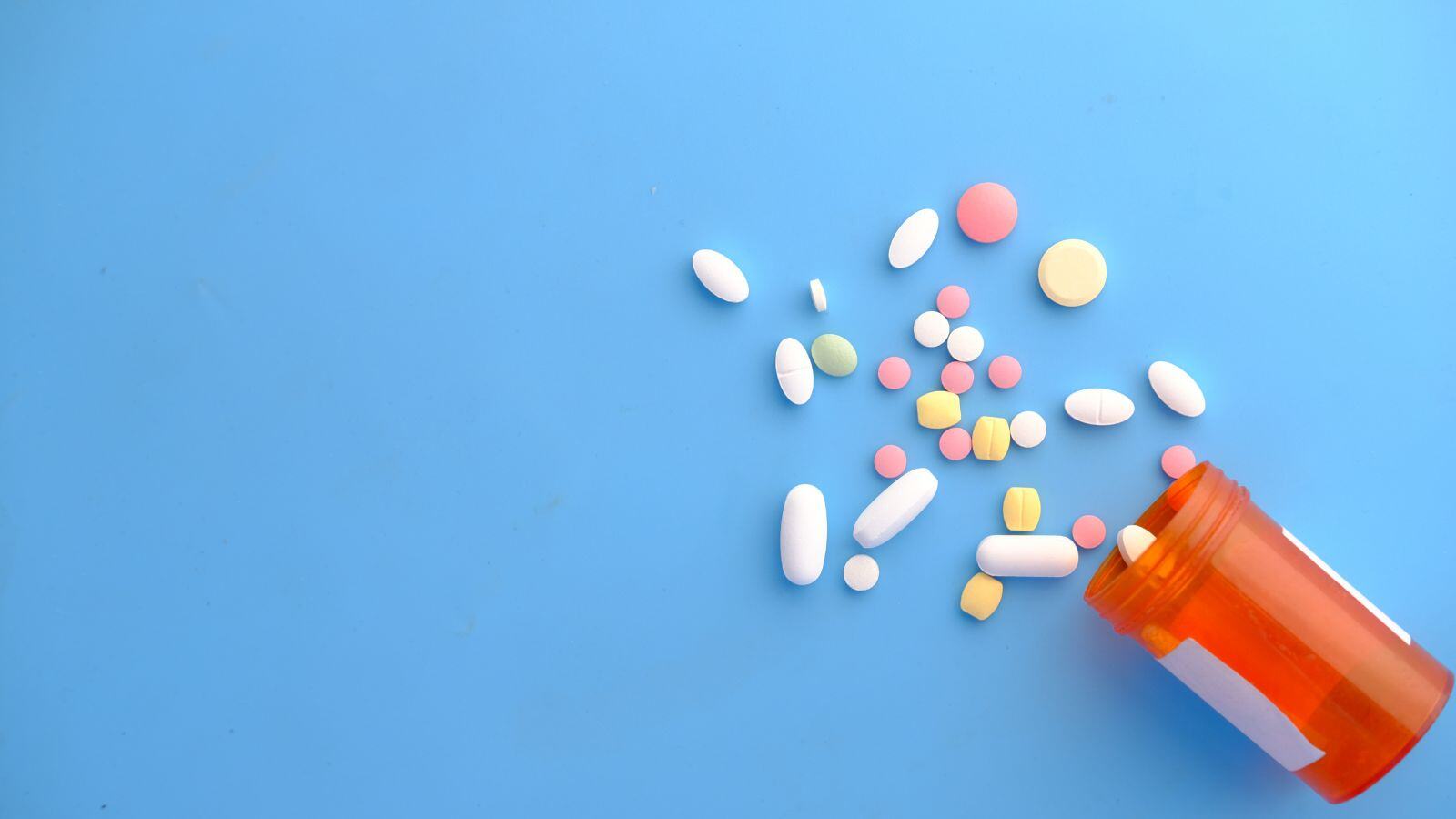
.jpg)